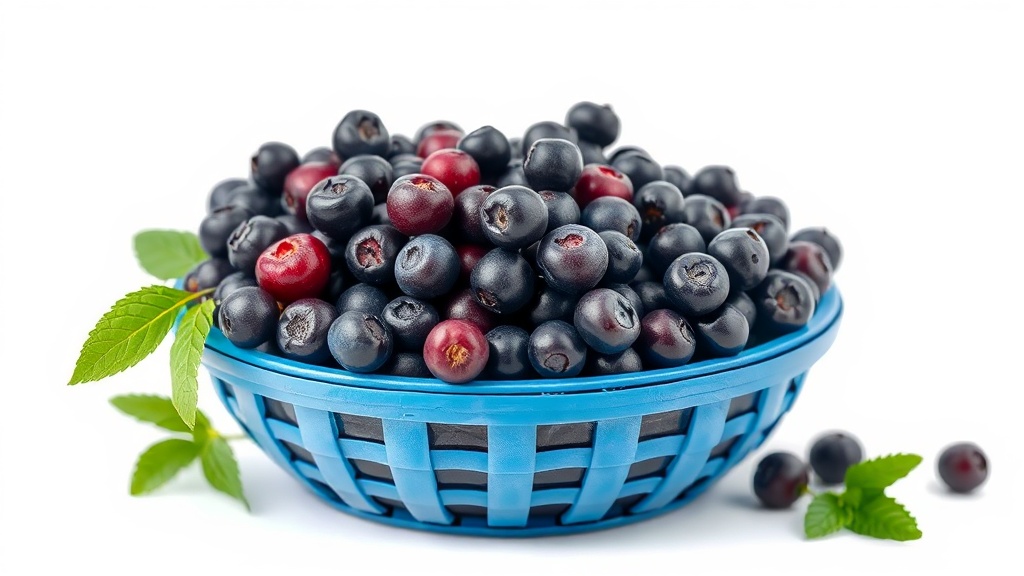Home / Business and Economy / Cooperatives: Ancient Spirit, Modern Powerhouse
Cooperatives: Ancient Spirit, Modern Powerhouse
23 Nov
Summary
- Cooperatives unite people for mutual benefit, dating back centuries.
- Amul in India is lauded as the world's largest cooperative by GDP.
- Cooperatives foster innovation, as seen with Nobel laureate Virtanen.

The cooperative movement, rooted in ancient communal practices, has evolved into a significant global economic force. From early examples like the Fenwick Weavers' Society in 1761, these organizations have empowered communities by pooling resources and ensuring mutual benefit. Today, India's Amul stands as a testament to this, recently recognized as the world's largest cooperative based on its economic performance.
Cooperatives have consistently provided a fertile ground for innovation and progress. Finnish Nobel laureate Artturi Ilmari Virtanen's groundbreaking work on animal feeds, supported by dairy cooperatives, highlights this. Similarly, the wine industry showcases how cooperatives enable small producers to compete in larger markets, making quality products accessible.
Despite their successes, cooperatives face challenges, including managing risk aversion and potential political co-option. However, their ability to create new markets, as seen with Ocean Spray cranberries, and their foundational spirit of collective action, continue to make them a vital and enduring model worldwide.




